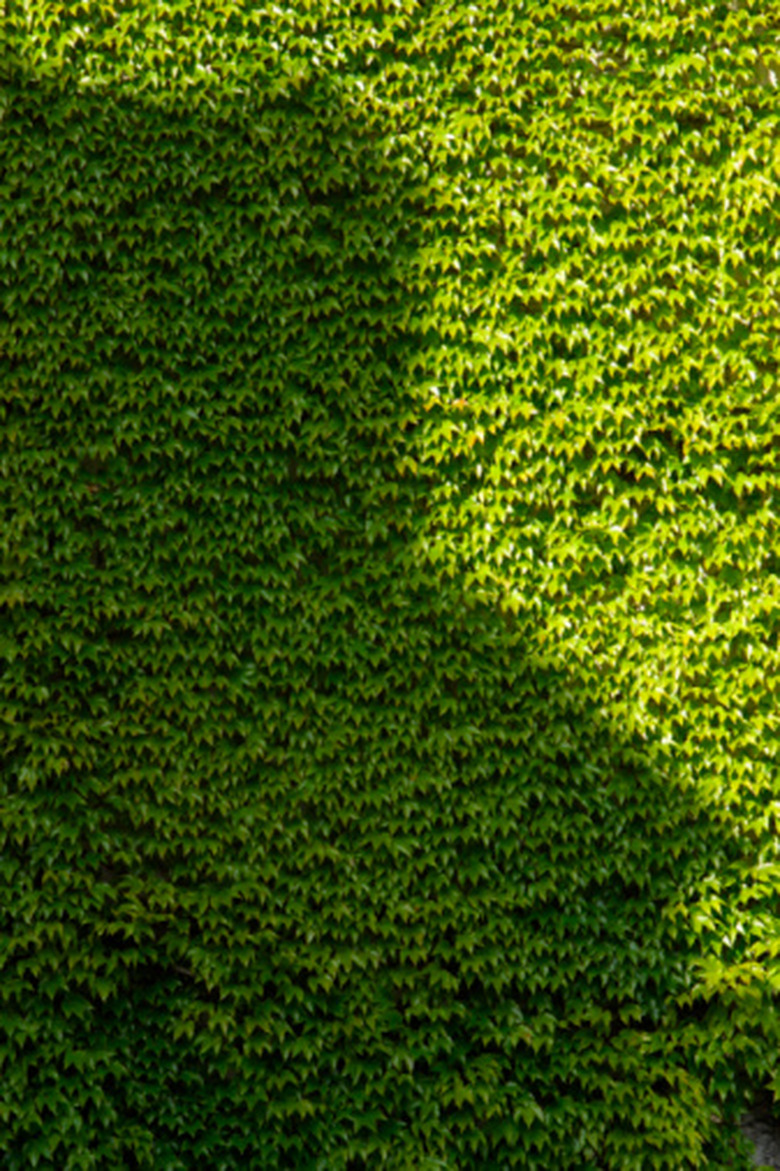Why Is My Hedge Turning Brown?
Serving as natural barriers or green walls, hedges are formed when trees or shrubs are planted in a row. The plants liven up the landscape and serve as a focal point that draw the viewer's attention to a part of the garden. Improper environmental conditions increase plant stress, causing the hedge to turn brown and stand out. Determine the underlying problem responsible for browning foliage and correct it immediately so the plant regains its natural color.
Insects
Insects, such as spider mites, weevils, mealy bugs and miners, sap juices from the foliage of hedges with their sucking mouthparts, causing them to turn yellow and then brown. Some pests also secrete honeydew on the foliage that attracts ants and serves as the breeding ground for sooty-mold fungus. Heavily infested leaves fail to perform photosynthesis, thus falling off prematurely. Treat pests with neem or horticultural oil, or apply a low-toxicity insecticide for severe infestations. Adopt good cultural practices to prevent insect outbreaks in the first place as stressed hedges are vulnerable to insects.
Soil
Because shrubs vary in their soil preferences, make sure the ones you plant are adapted to your soil and climate so they thrive instead of developing brown leaves. For instance, rhododendrons, azaleas and blueberries prefer acidic soils or those with a pH below 5 and fail to thrive in alkaline soils without prior amendments. Oakleaf hydrangeas, on the other hand, require mild winters and moist soil. Excessive soil moisture keeps the roots from absorbing oxygen and nutrients, thus affecting plant growth. Hedges planted in poorly draining soils develop root rot, a serious condition that causes brown leaves, rotted roots and premature leaf drop. Amend heavy clay or poorly draining soil with peat moss or compost to keep the leaves of the hedge from turning brown.
Drought
Inadequate soil moisture, especially during the summer, or fluctuations in the irrigation schedule can increase stress on a hedge, causing its leaves to turn yellow and then brown. Drought stress is noticeable at the end of summer, particularly in hedges planted in sand, gravel or compacted soils. Adopt a regular irrigation schedule to provide a steady stream of water to the base of the hedge when the soil surface feels dry to the touch. Use a soaker hose to encourage the roots to travel deep down in search of water. Heavy mulching retains soil moisture and keeps the roots cool.
Winter Injury
Perhaps the most common reason for partial or complete browning of a hedge's foliage is due to winter injury. Sudden exposure to freezing temperatures, dry winds and frost can cause the foliage to turn orange-red or brown. Known as bronzing, this process causes more cosmetic harm than actual damage, and the affected plant bounces back to health with proper care.
